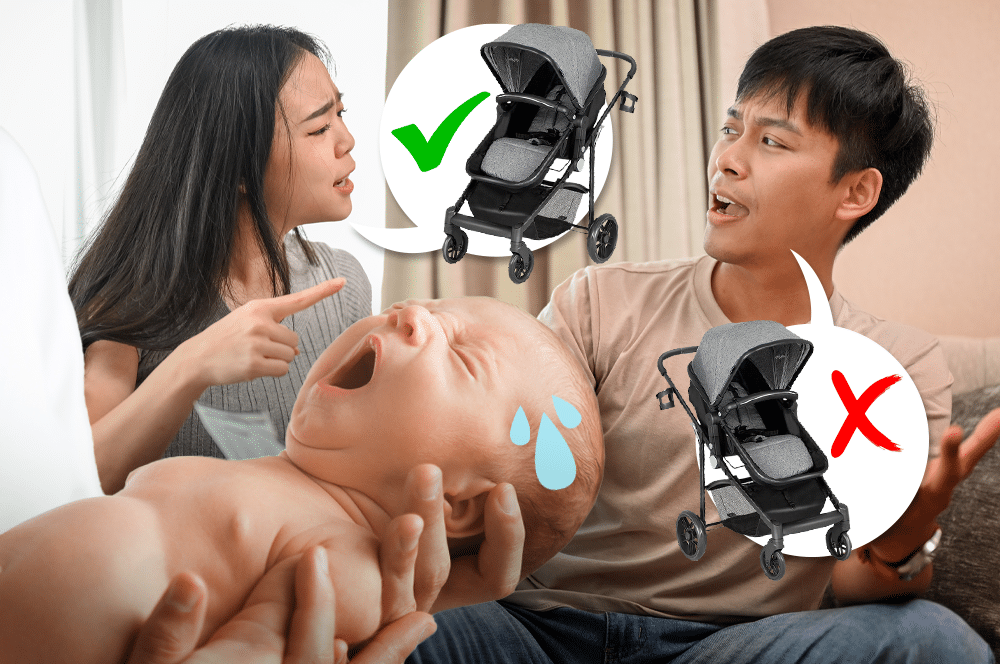
Is a baby carrier safe for newborn? This question weighs heavily on the minds of new parents seeking the best ways to keep their infants comfortable and secure. In this article, we will explore the baby carrying positions and safety considerations for using baby carriers with newborns. Understanding these factors will empower you to make the best choice that enhances both your baby’s safety and your parenting experience.
Introduction to Baby Carrier
When considering essential items for babies, baby strollers and car seats often top the list. However, what about baby carriers? Are people, especially new parents, familiar with this versatile option?
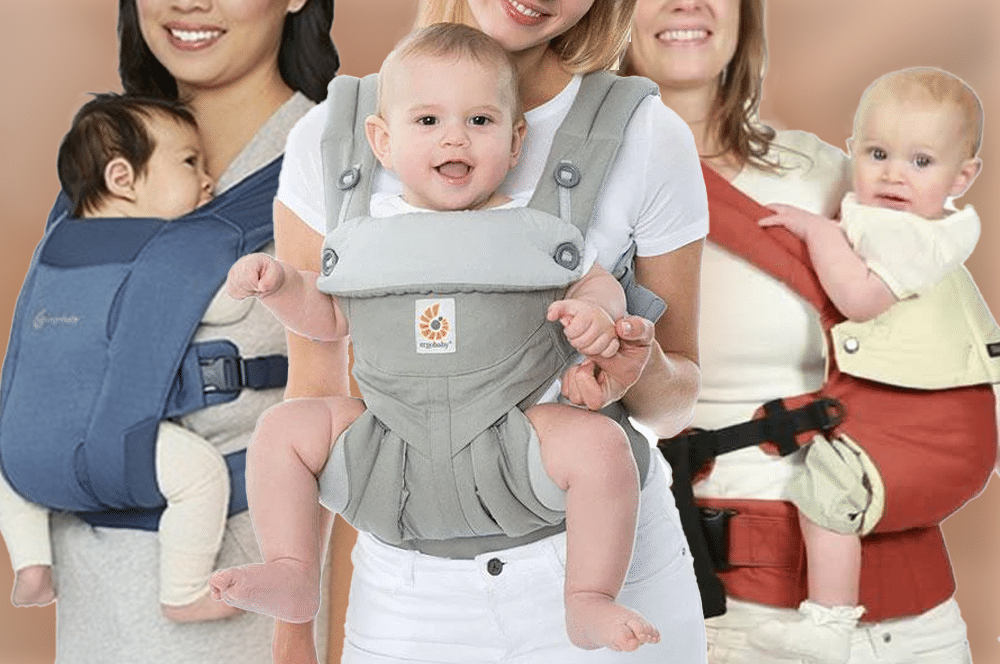
A baby carrier is a soft, padded device worn on the front, with some models offering adjustable options for wearing your baby on your back or hip. It provides a hands-free way to carry your baby while keeping them close and secure. This makes it a convenient choice for parents on the go.
Exploring Baby Carrier Safe for Newborn Positions
To ensure that a baby carrier is safe for newborn, it involves understanding the best ways to carry infants securely and comfortably. This includes ensuring proper support for the baby’s delicate head, neck, and spine, as well as adjusting the carrier to fit snugly without restricting movement.
Your baby’s weight, age, and developmental stage will influence when it’s suitable to use various baby carrying positions. Be sure to refer to the user manual to adhere to its minimum weight and age guidelines. Learning these positions not only promotes safety but also allows parents to bond closely with their newborns while keeping their hands free for other tasks.
Here are 4 baby carrying positions that parents need to know to ensure the baby carrier is safe for newborn:
(a) Front inward-facing
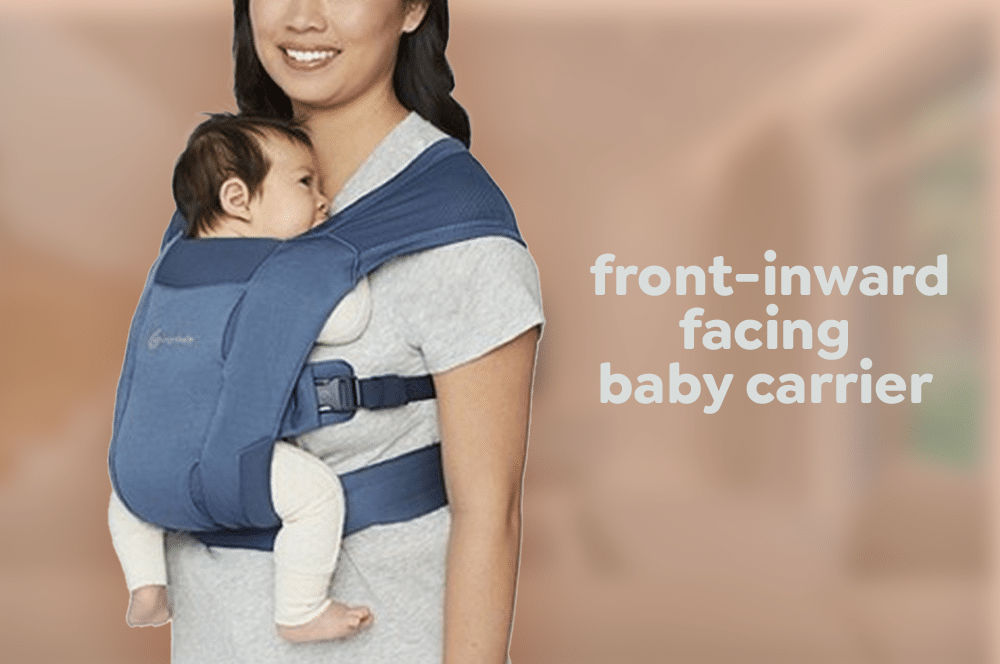
The front inward-facing position is ideal for newborns and younger babies, around 0-4 months old. In this position, the baby is carried on the front of the parent, facing towards the parent’s chest. This position promotes bonding and provides a sense of security and comfort for the baby. It’s also excellent for supporting the baby’s head and neck, which is crucial in the early developmental stages.
(b) Front outward-facing
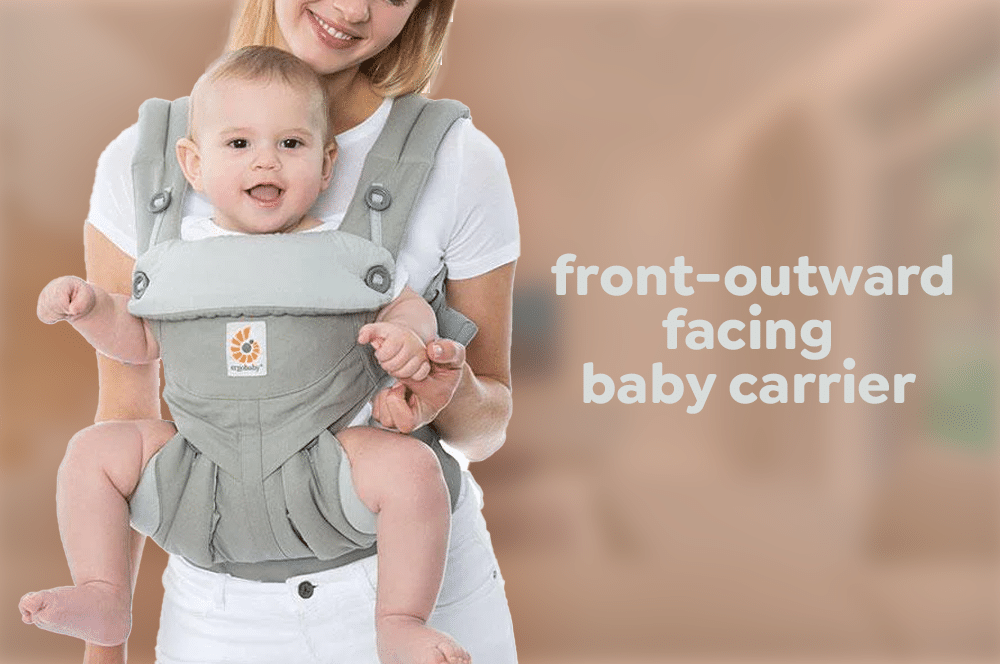
The front outward-facing position is suitable for babies who can hold their heads up independently, usually around 4 to 7 months old. In this position, the baby is carried on the front of the parent, facing outward. This allows the baby to explore the world and engage with their surroundings.
(c) Hip carry
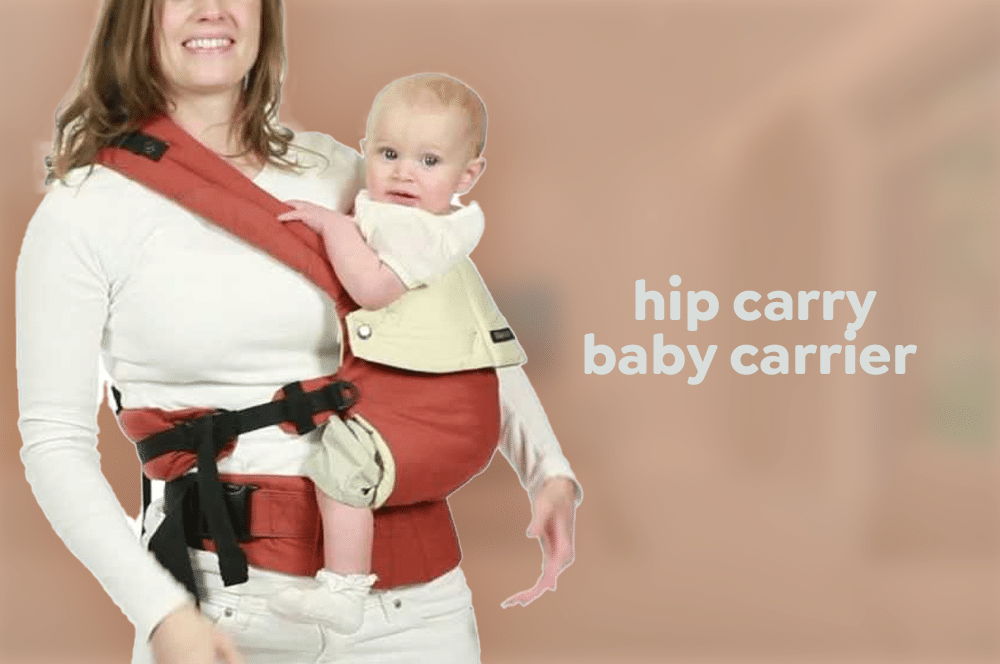
The hip carry position is typically used for babies who have good head and neck control, generally from around 8 to 12 months old. The baby is carried on the parent’s hip, allowing them to see the world while remaining close. This position evenly distributes the baby’s weight across the parent’s body, ensuring comfort during longer periods. It also promotes easy interaction between the parent and the baby.
(d) Back carry
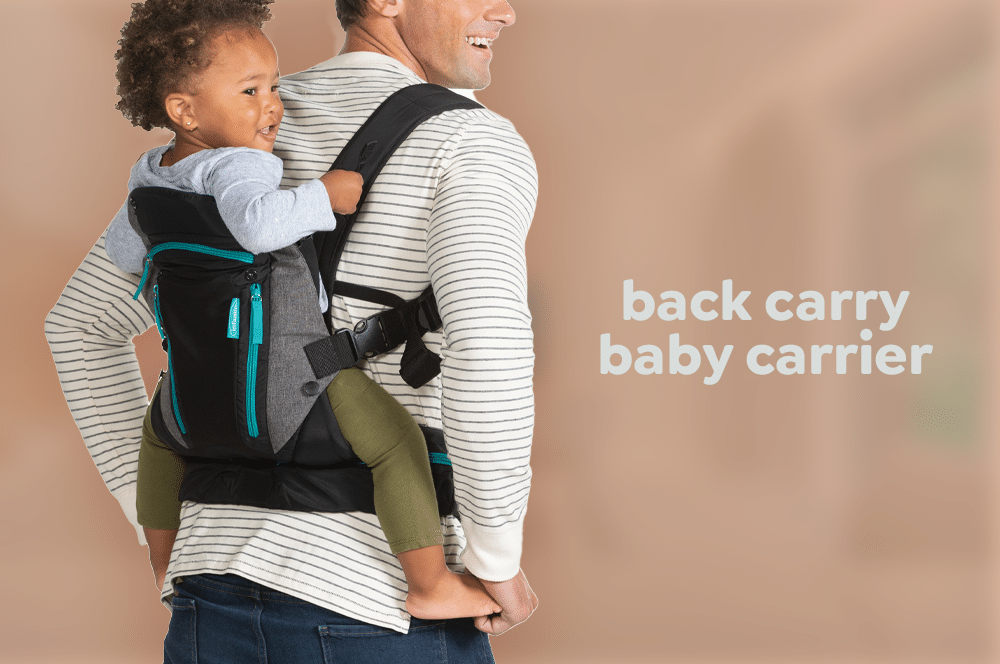
The back carry position is suitable for older babies and toddlers who can sit up unassisted, typically around 12+ months old. The baby is carried on the parent’s back. This position is ideal for parents needing hands-free options or carrying the baby for extended periods. It evenly distributes the baby’s weight and offers them a good view of their surroundings while staying close to the parent.
Baby Carrier Safe for Newborn: 5 Essential Safety Tips
In addition to knowing the baby carrying positions, parents should always adhere to safety guidelines when carrying their baby. Here are 5 essential tips to keep in mind:
1. Carry the baby in the correct position
This involves keeping the baby seated upright with full neck support, airways clear, chin away from the chest, held close to you, and positioned higher on your torso. You should be able to lean down and kiss the baby’s head.
2. Sit the baby in an ergonomic position
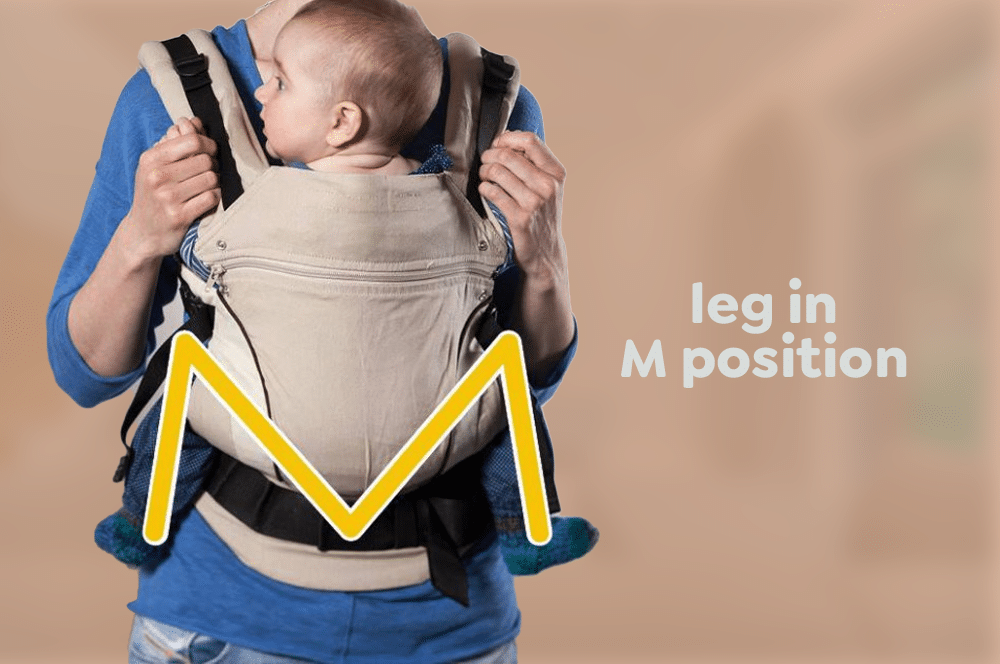
Your baby should be seated in a natural wide-leg, spread-squat position with their knees higher than their bottom, resembling an M or frog leg shape. This ergonomic carrier position supports your baby’s spine, hips, and legs, helping to prevent hip dysplasia.
3. Secure all carrier fasteners to ensure that baby carrier is safe for newborn
Ensure that all buckles, snaps, wraps, and other fasteners are securely locked to keep your baby safe and secure inside the carrier.
4. Check the fabric for wear and tear
If you’ve been using your baby carrier for a long time, how do you ensure the baby carrier is safe for your newborn? You need to regularly inspect the carrier for fabric tears and holes, as these can compromise its safety. Keeping a close eye on the condition of your carrier helps maintain a secure environment for your baby.
5. Stay cautious at all times
Stay alert to your surroundings, especially near stairs, slippery surfaces, curbs, and tripping hazards. Also, be careful when eating and drinking, especially with hot food and drinks, as you might accidentally spill them on your baby.
Cleanliness is Also Important to Ensure A Baby Carrier is Safe for Newborn
Knowing safety tips is essential, but prioritising cleanliness is just as important. Maintaining cleanliness is crucial to ensure that a baby carrier is safe for newborn. Regular cleaning not only enhances hygiene but also prevents the accumulation of dirt, bacteria, and allergens that can potentially harm your baby’s delicate skin and health.
At Big Mama, we understand the importance of cleanliness in baby care. That’s why Big Mama offers baby gear cleaning services. In addition to cleaning strollers and car seats, we specialise in meticulously cleaning and sanitising baby carriers.
Our thorough cleaning process ensures that every part of the carrier, from straps to buckles, is free from germs and dirt, providing a safe and comfortable environment for your little one to be carried in. Trust us to keep your baby gear clean and safe, so you can focus on enjoying those precious moments with your child.